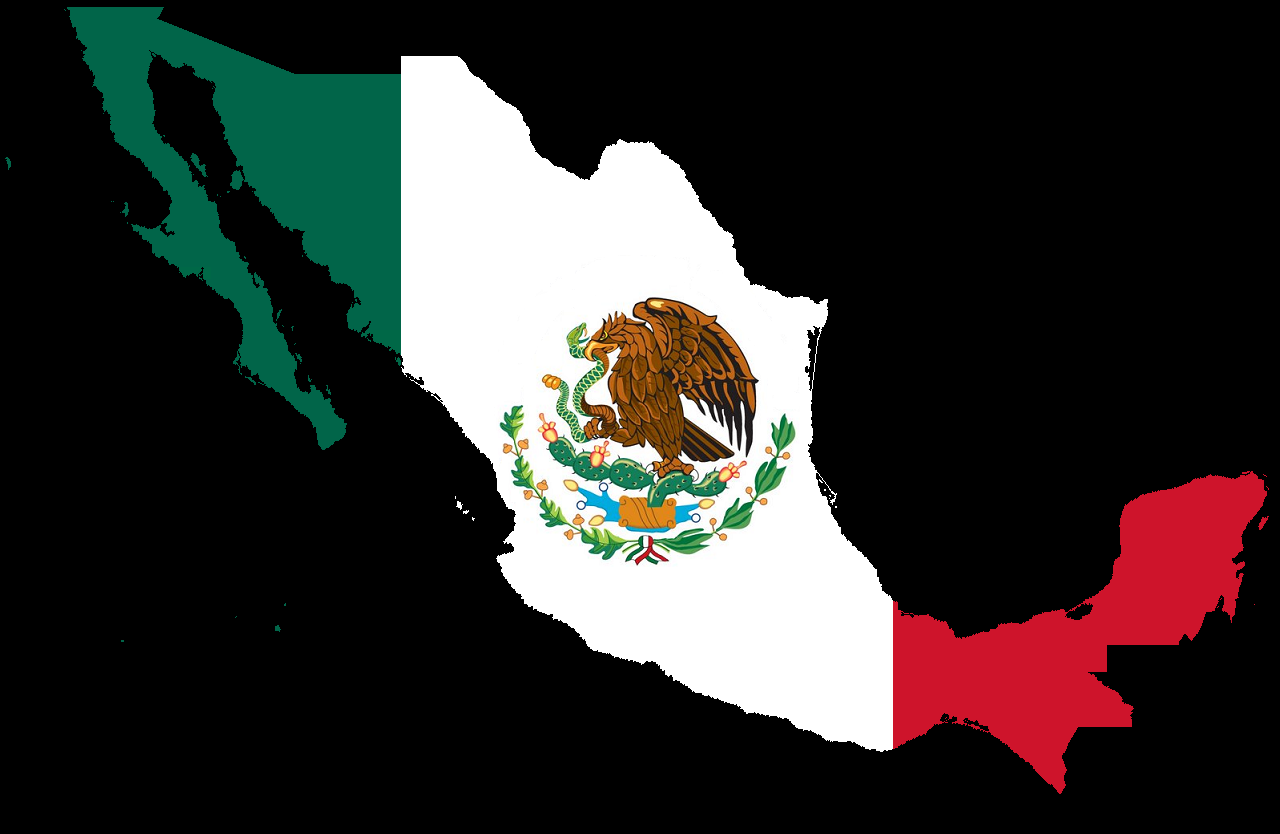
One thing won’t change after the ballots for Mexico’s next President are counted on July 2: Mexico will continue to demand that the U.S. accept more Mexican workers and grant them more “rights.”
These demands have become part of the great immigration debate. What has not surfaced in the public discourse is the sad state of the Mexican economy and Mexico’s embrace of an economic strategy lifted from Marshall Tito’s Yugoslav playbook.
Under the communists, Yugoslavia couldn’t produce enough jobs to fully employ its labor force. To solve Yugoslavia’s surplus labor problem, strongman Tito came up with a simple, but ingenious, economic strategy: open the borders—at least by communist standards — and export surplus labor. This plan worked like a charm. At its peak in the early 1970s, there were over a million Yugoslavs, about 11 percent of the labor force, working in Western Europe. And the hard-money remittances (primarily German marks) that they sent back home amounted to as much as 30 percent of Yugoslavia’s exports.
Like Yugoslavia, Mexico’s economy is stuck in a variety of statist rut. According to the World Bank’s “Doing Business in 2006” report, Mexico’s labor market is simply dysfunctional. Of the 155 countries covered by the report, ranks 125th in terms of the difficulties faced by businesses in hiring, employing, and firing workers. It’s not surprising that Mexico is on a slow growth path and that it can’t produce jobs.
Rather than modernize the economy, Mexico’s politicos have embraced a Tito-inspired strategy: when incapable of fostering productive jobs, export the labor force. As a result, over 27 percent of Mexico’s labor force is now working in the U.S. and these workers are sending home $20 billion in remittances. That equals one third of the total wage earnings in the formal sector of the Mexican economy and 10 percent of Mexico’s exports.
Author Steve H. Hanke

0 responses on "Mexico’s Yugoslav Model"